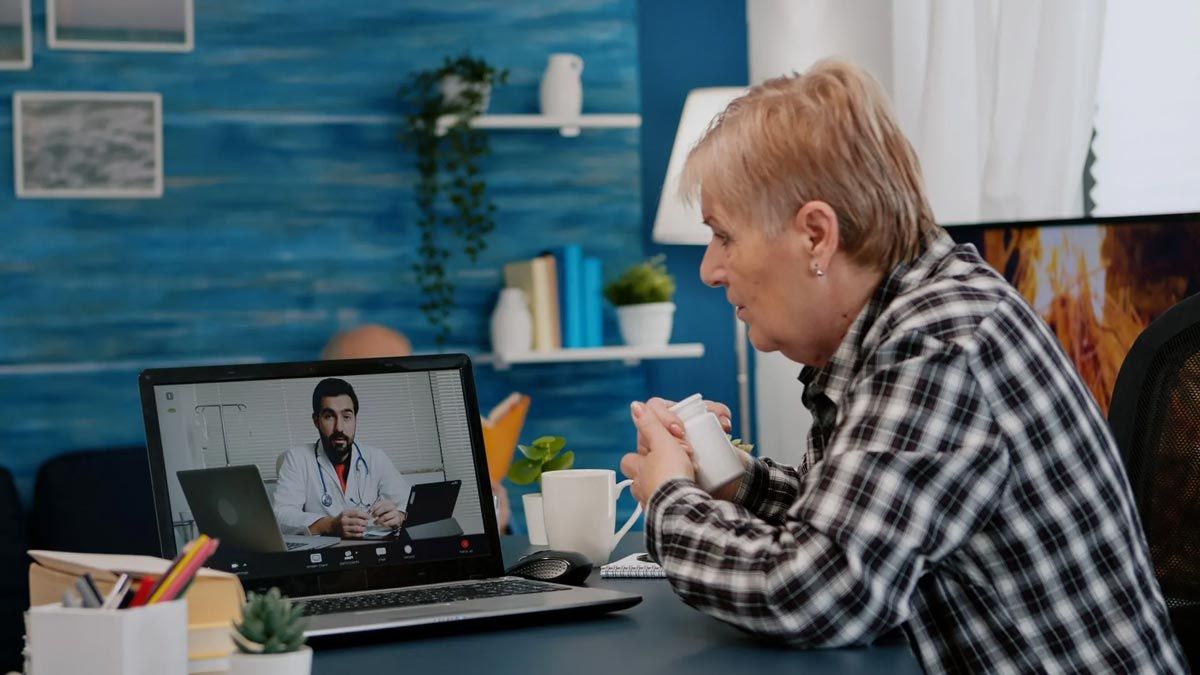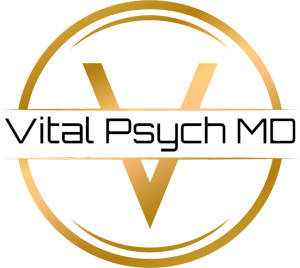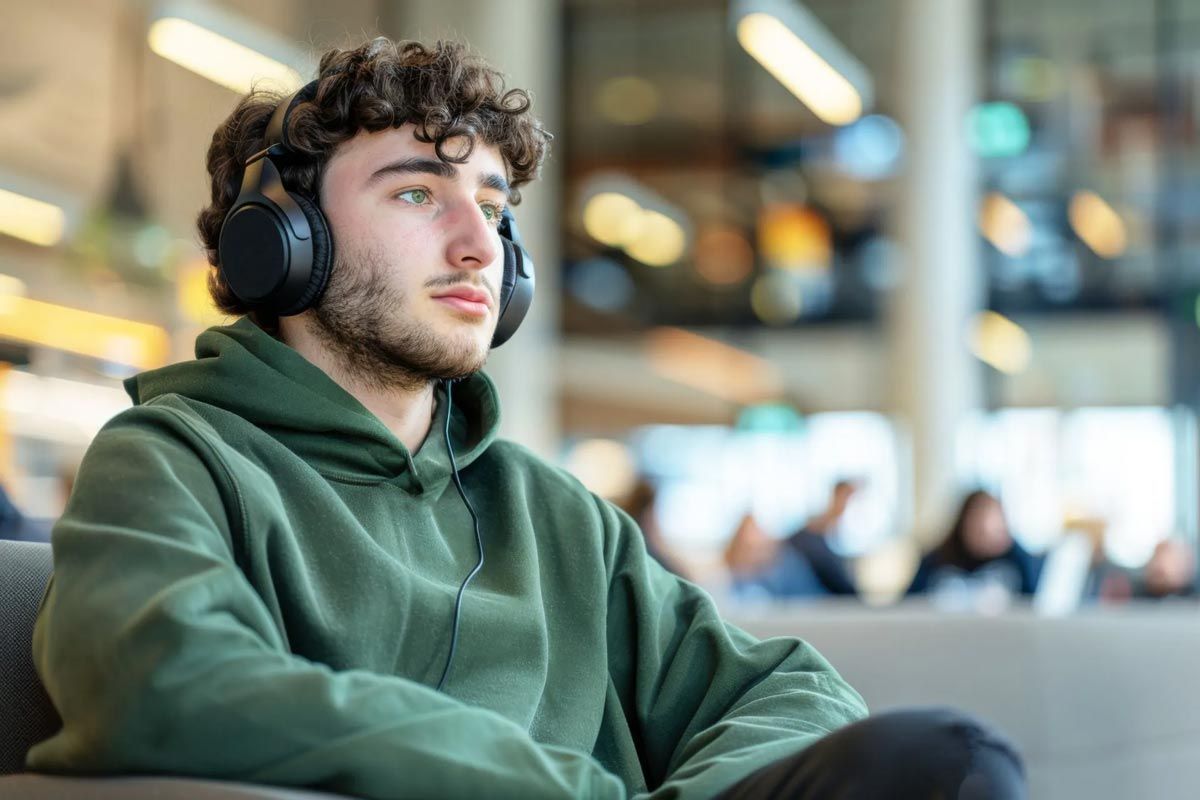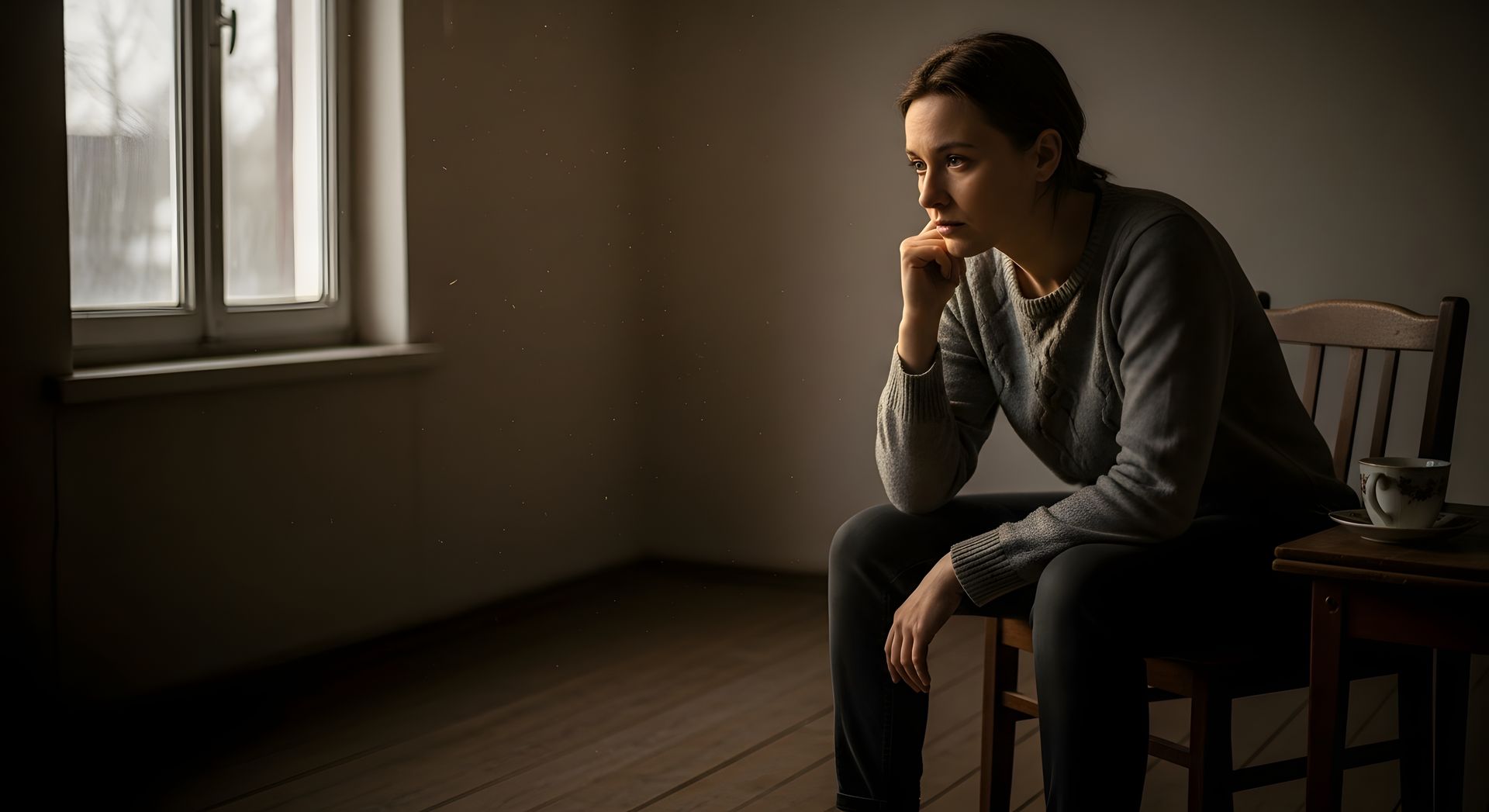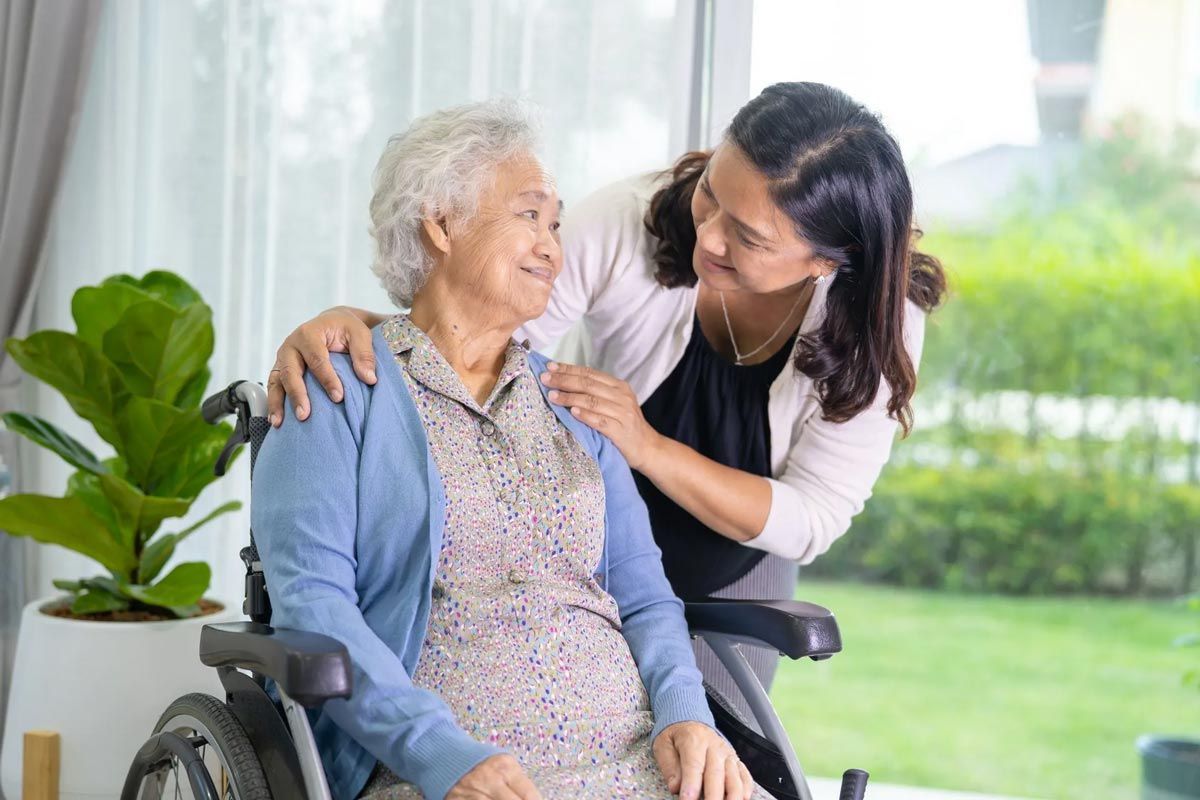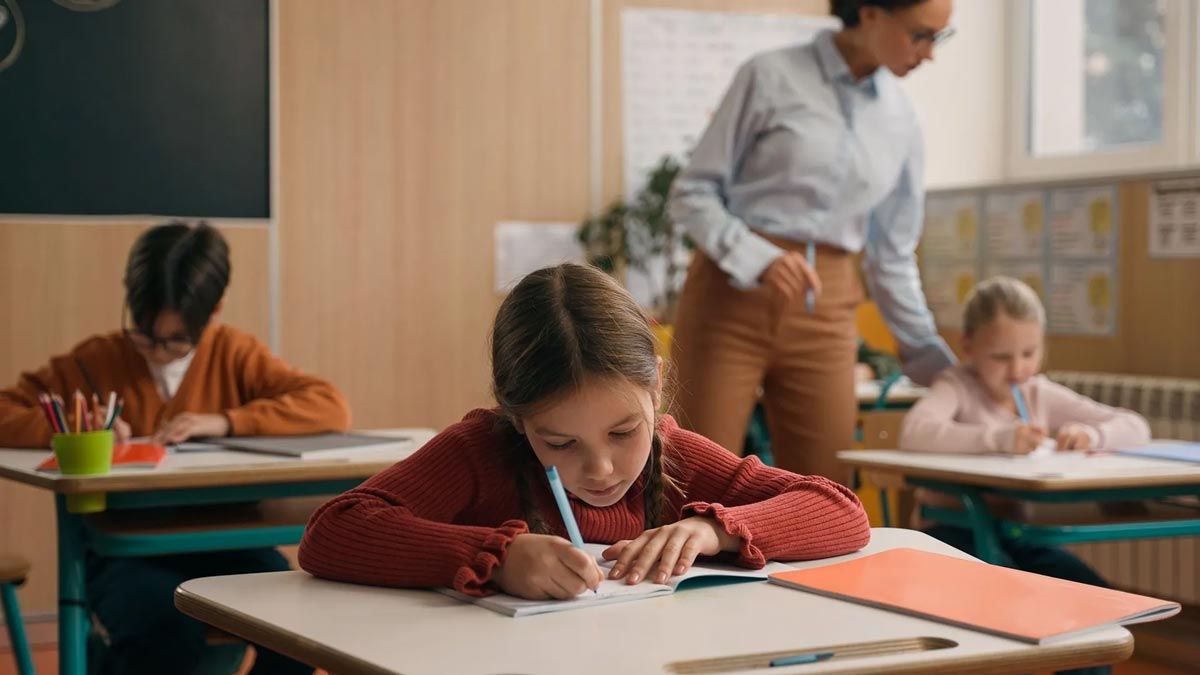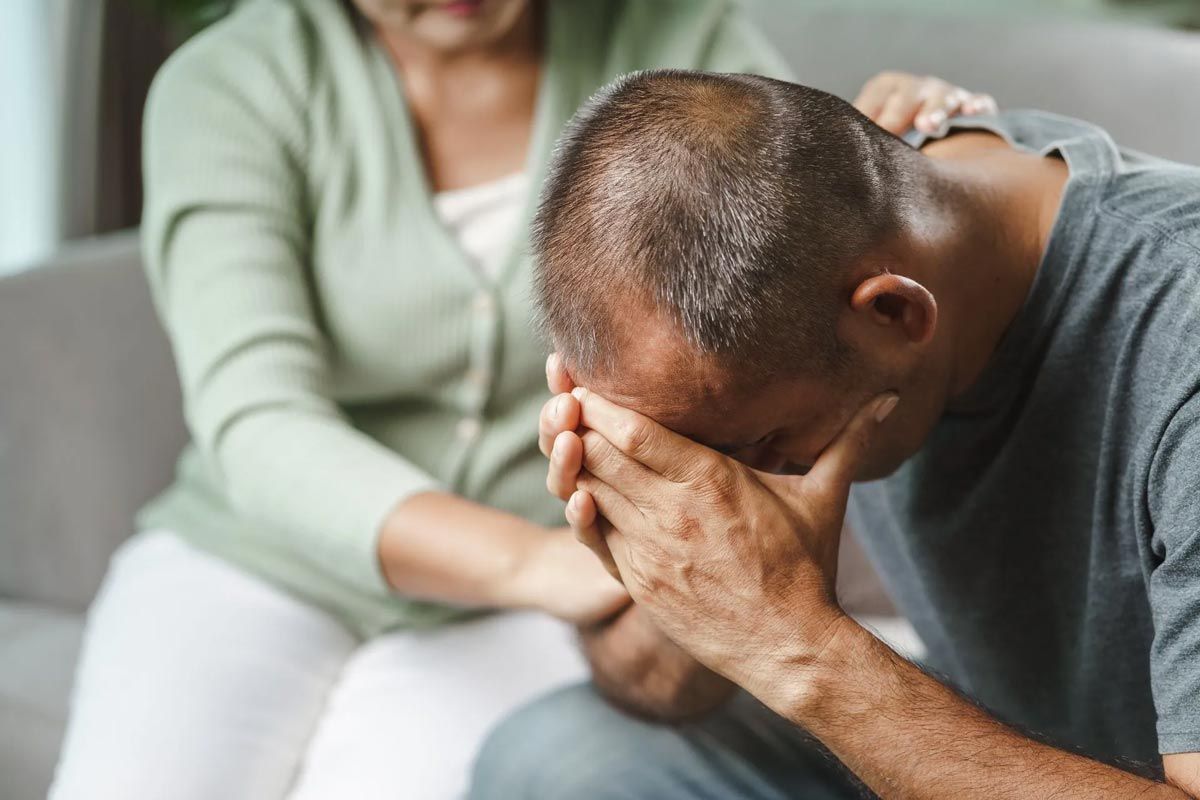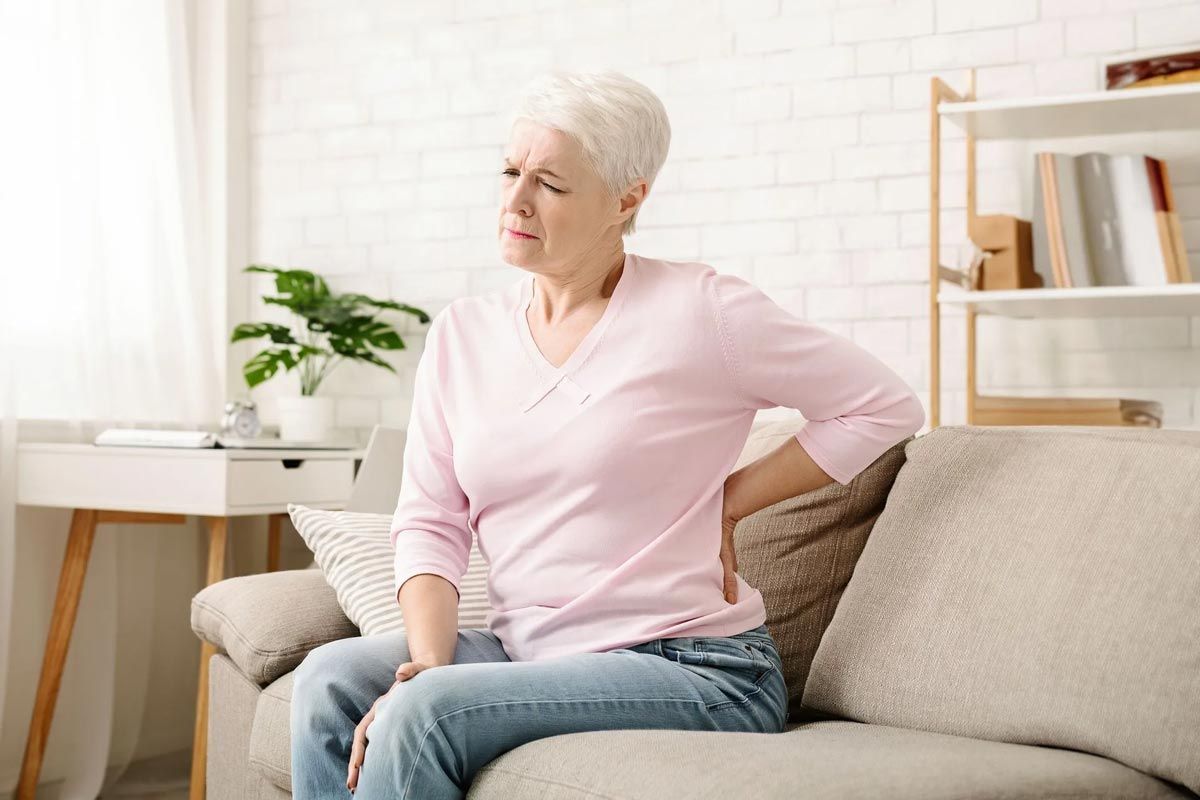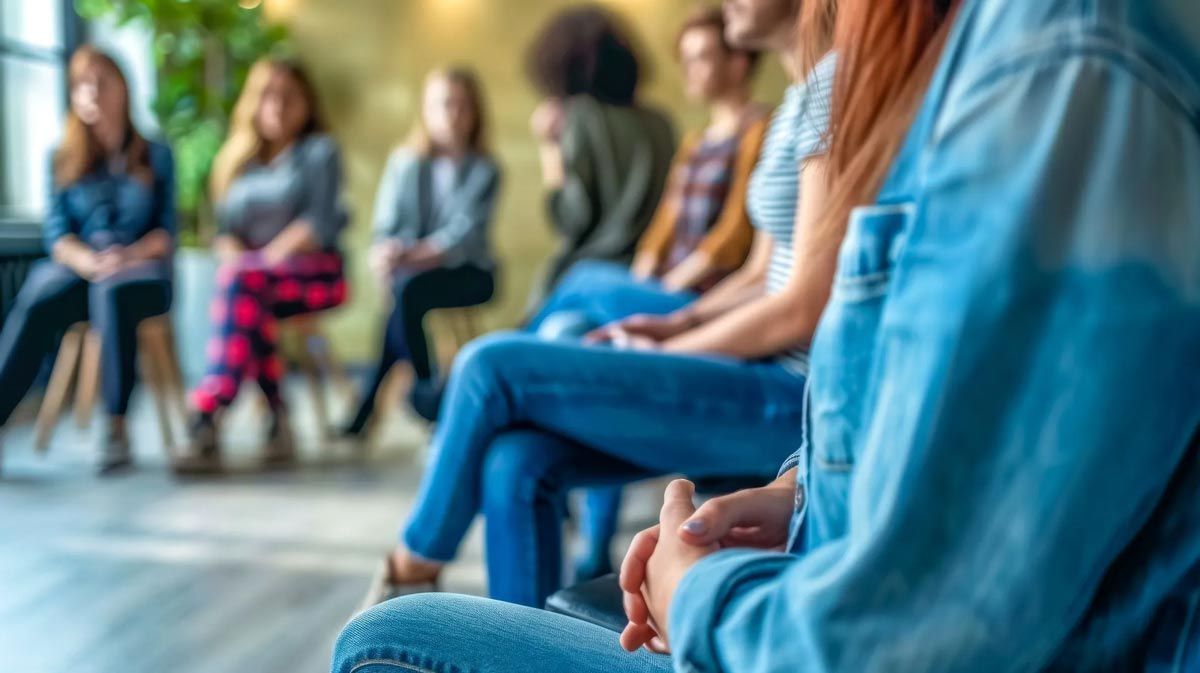Understanding the Healing Power of Art Therapy
Art therapy is an innovative mental health practice that combines the creative process with therapeutic techniques to promote emotional well-being. This approach has a rich history and offers numerous benefits for individuals seeking to express themselves and heal emotionally.
Understanding Art Therapy
Definition and Origins
Art therapy is a form of psychotherapy that uses art-making as a primary mode of communication. It emerged as a distinct discipline in the mid-20th century, drawing from the fields of art and psychology. Pioneers like Margaret Naumburg and Edith Kramer were instrumental in establishing art therapy as a recognized therapeutic practice. Naumburg viewed art as a means of symbolic speech, while Kramer emphasized the therapeutic value of the creative process itself.
Core Principles
The core principles of art therapy revolve around self-expression, exploration, and emotional healing. By engaging in the creative process, individuals can express emotions that might be difficult to articulate verbally. This form of therapy encourages exploration of thoughts and feelings, fostering personal insight and emotional growth.
Professional Practice
Professionally, art therapy is conducted by certified art therapists who have specialized training in both art and therapy. These professionals guide clients through the creative process, helping them interpret and understand their artwork. Art therapists work in various settings, including hospitals, schools, and private practices, tailoring their approach to meet the needs of each client.
Therapeutic Benefits of Art Therapy
Emotional Release
Creating art allows individuals to release pent-up emotions in a safe and non-judgmental environment. This emotional release can be particularly beneficial for those who struggle to verbalize their feelings, providing an alternative outlet for expression.
Stress Reduction
Art therapy has been shown to have calming effects, helping to reduce stress and anxiety. The process of creating art can induce a state of relaxation, similar to meditation, which contributes to overall mental well-being.
Enhanced Self-awareness
Engaging in art therapy can increase self-awareness and personal insight. By reflecting on their creations, individuals often gain a deeper understanding of their emotions and experiences, leading to personal growth and healing.
Different Media Used in Art Therapy
Painting and Drawing
Traditional media like painting and drawing are commonly used in art therapy sessions. These activities encourage free expression and can be particularly effective in helping individuals explore their inner world.
Sculpture and 3D Art
Creating three-dimensional art, such as sculpture, provides a tactile experience that can be deeply therapeutic. The physical act of molding materials allows for a different form of expression and can be particularly beneficial for those who find verbal communication challenging.
Digital Art
The use of digital media in art therapy is growing, offering accessibility and versatility. Digital art tools can be easily adapted to suit individual needs, making art therapy more inclusive for those with physical limitations.
Collage and Mixed Media
Combining different materials in collage and mixed media projects can facilitate creative expression and healing. This approach encourages individuals to experiment with textures and forms, promoting a sense of freedom and exploration.
Case Studies of Healing Through Art
Personal Stories
Anonymized stories of individuals who have benefited from art therapy highlight its transformative power. For instance, a veteran suffering from PTSD found relief through creating digital art, which allowed him to process traumatic experiences visually.
Diverse Populations
Art therapy is effective across diverse populations, including children, the elderly, and those from various cultural backgrounds. Its universal applicability makes it a valuable tool in addressing a wide range of mental health challenges.
Measurable Outcomes
Studies have documented measurable outcomes of art therapy interventions, such as reduced anxiety levels and improved mood. These findings underscore the therapeutic potential of art therapy in mental health treatment.
Pursuing Creative Arts in Austin, TX
Community Resources
Local resources, such as art studios and community centers, support creative expression and mental health. These venues offer classes and events that encourage artistic exploration in a supportive environment.
Cultural Influence
Austin's vibrant cultural scene plays a significant role in supporting mental health through the arts. The city's emphasis on creativity and innovation makes it an ideal location for art therapy initiatives.
Pursuing Creative Arts in New York, NY
Renowned Institutions
New York is home to renowned institutions offering art therapy services, providing individuals with access to expert care and resources. These institutions are at the forefront of integrating art into therapeutic practices.
Public Art Initiatives
Public art initiatives in New York encourage community engagement in the arts, offering residents opportunities to participate in creative activities that promote well-being.
Accessibility
Efforts to make art therapy accessible to diverse populations in New York are ongoing, with programs designed to reach underserved communities and individuals with varying needs.
Local Events
Regular art therapy-related events and exhibitions are open to the public, fostering a culture of creativity and healing throughout the city.
Cultural and Geographical Influences on Art Therapy
Influence of Culture
Cultural backgrounds can significantly influence the practice and reception of art therapy. Understanding these influences allows therapists to tailor their approach to meet the unique needs of each client.
Geographical Variations
Geographical location can impact the types of art therapy available and practiced. Urban areas may offer more diverse options, while rural locations might focus on traditional methods.
Integration with Traditional Practices
Art therapy can be integrated with traditional healing practices in different cultures, enhancing its effectiveness and acceptance. This integration allows for a holistic approach to mental health care.
Resources for Further Exploration
Online Platforms
Online platforms and courses provide opportunities for individuals interested in exploring art therapy further. These resources offer flexible options for learning and personal development.
Books and Journals
A wealth of books and academic journals offer in-depth knowledge about art therapy, providing valuable insights for both practitioners and those interested in the field.
Professional Organizations
Professional organizations offer resources and support for art therapists and those interested in pursuing a career in the field. These organizations provide networking opportunities and professional development resources.
Certification and Training
Aspiring art therapists can pursue certification and training opportunities to gain the skills and knowledge needed for professional practice. These programs ensure that therapists are equipped to provide effective and ethical care.
